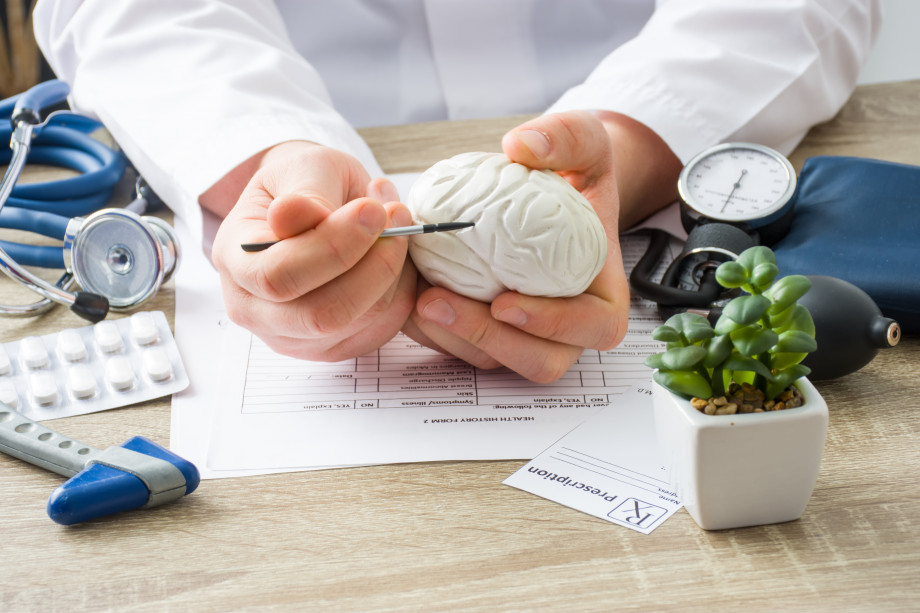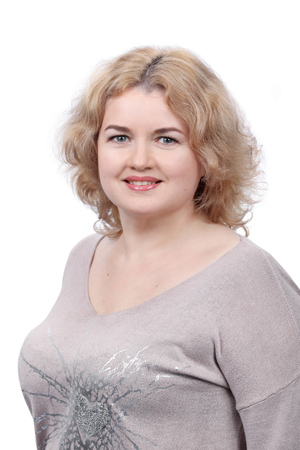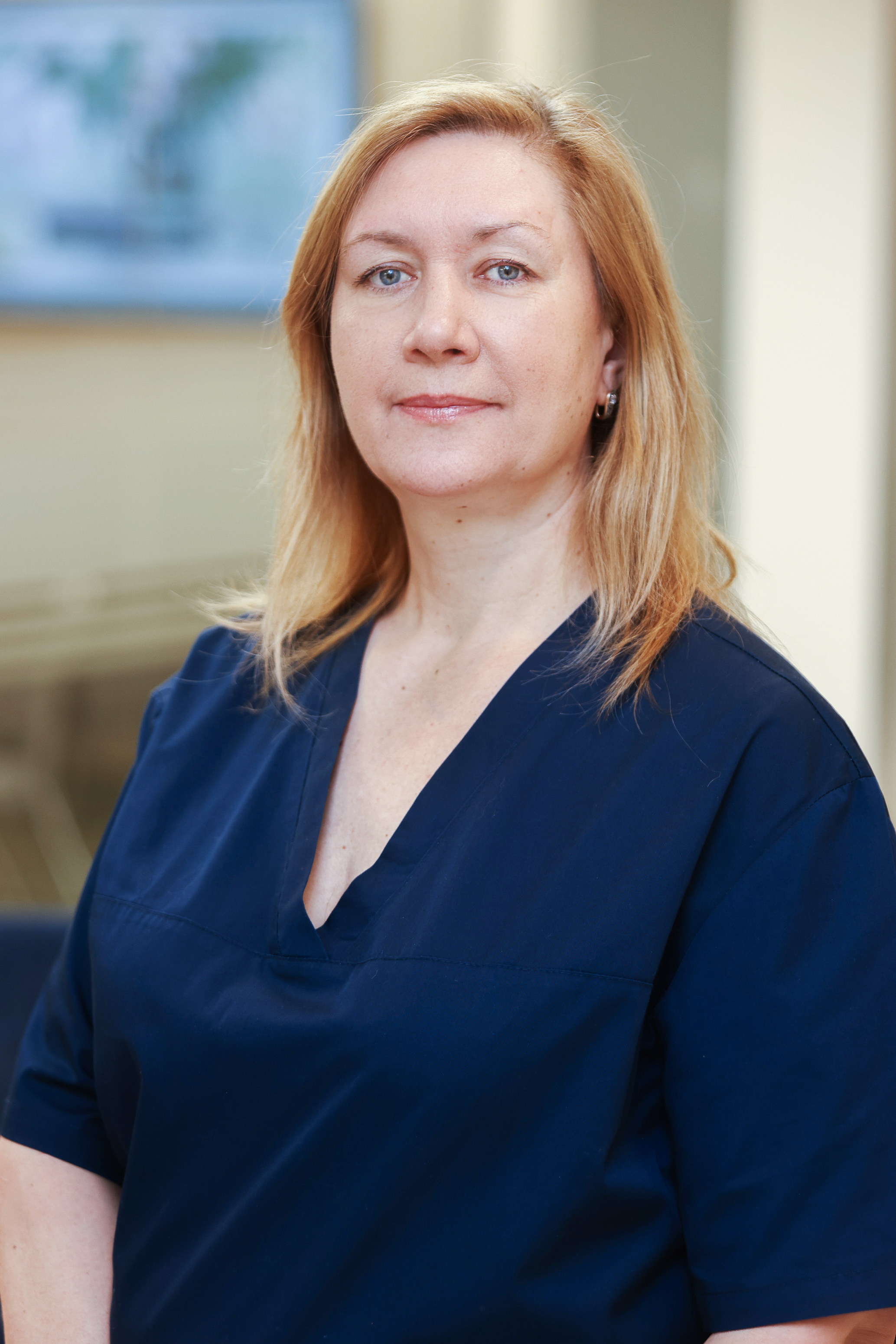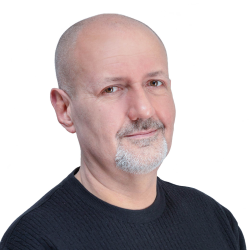Hemorrhagic stroke (HS) is a brain bleeding that develops in the result of solution of arterial vessel continuity (rupture) in the brain on the background of a hypertensic crisis (abrupt increase in blood pressure).
HS is the second most frequent form of a stroke, which embraces 15–30 % of all stroke cases. The average age of HS patients is 60–65 years, men and women ration is 1.6:1. The risk of HS development rises considerably after the age of 55 years and doubles every single decade. HS mortality rate is 40–50 %, and 70–75 % of the survived patients get the disability status.
The risk factors of HS development are high blood pressure, abusive drinking behavior, blood diseases, congenital vascular anomalies, such as aneurysms and arteriovenous malformations.
In case of the suspected HS a patient should be urgently admitted into a hospital, into a resuscitation or an intensive care unit. The main HS diagnostic technique is the computerized tomography of the brain. Detection of a non-traumatic intracerebral hematoma during a neurological CT (MRI) is an indication for a mandatory consultation by a neurosurgeon.
Non-surgical treatment is usually performed for the patients with small intracerebral hematomas that do not cause a pronounced mass effect, gross neurological disorders (decreased alertness to stupefaction, hemiplegia), brain herniation and are not accompanied by a blood burst into the ventricular system.
Surgical treatment is not indicated in case of large hematomas (more than 80 mm3), brain-stem hematomas and massive brain destruction due to a dismal prognosis.
Surgical treatment results in the proved reduction of the lethality, and the part of the patients for whom non-surgical treatment is not efficient has the reduction of neurological deficit already in the acute period of the disease. A relative contraindication to the surgery is a severe somatic pathology (pancreatic diabetes, hepatorenal, cardiovascular and pulmonary pathology at the stage of subcompensation and decompensation, coagulopathy, sepsis), uncontrolled arterial hypertension which means systolic pressure above 200 mm mercury pressure.
Surgical treatment may include a minimally invasive puncture removal of an intracerebral hematoma, the use of the endoscopic devices included, and a microsurgical removal of a hematoma during an upfront surgery with a cranial trepanation.
Rehabilitation of the patients with HS should be started as soon as possible, already after the hospital treatment, and should be performed within the first 6 months after a past stroke, and for a longer time if necessary.
Rehabilitation procedures include verticalization and activation of a patient, exercise therapy, massage, speech therapy sessions, and training of the skills of daily tasks completion using fine movements. It is advisable to reduce the time of patients’ hospital stay after main treatment procedures for the quickest transfer of patients to rehabilitation centers and full-scale recreational sessions.
Restoration of lost functions and amelioration of complications require particular persistence and a lot of time. Prevention includes regular check-ups, adhering to diet recommendations, maintaining of target blood pressure values, moderate physical activity.
Author of the article: Viktoriya Penner, M.D.
Date of publication: 10.09.2020
Do you want to get an online explanation of a doctor from Dobrobut clinic chain?
Download our application in Google Play and App Store


@2x.png)
@2x.png)









